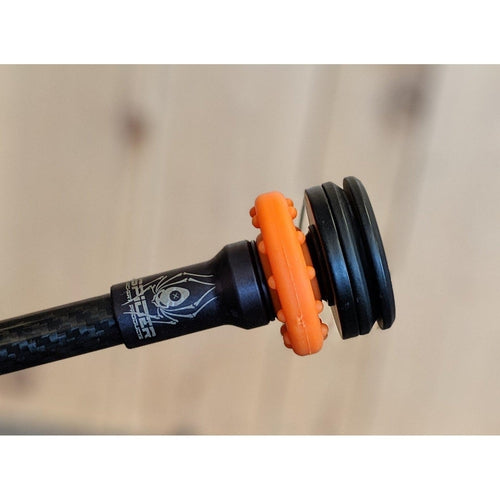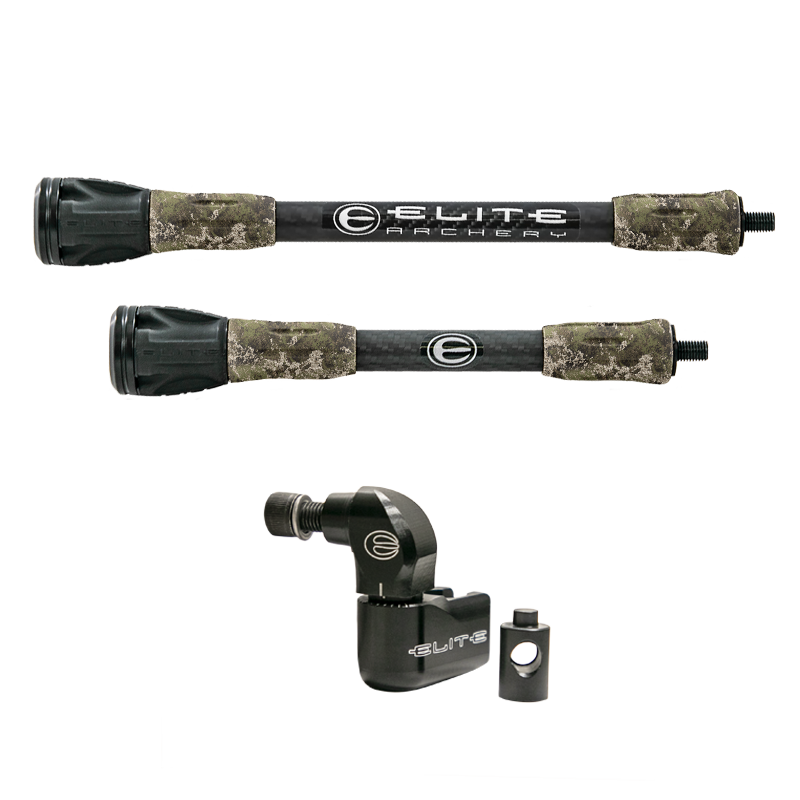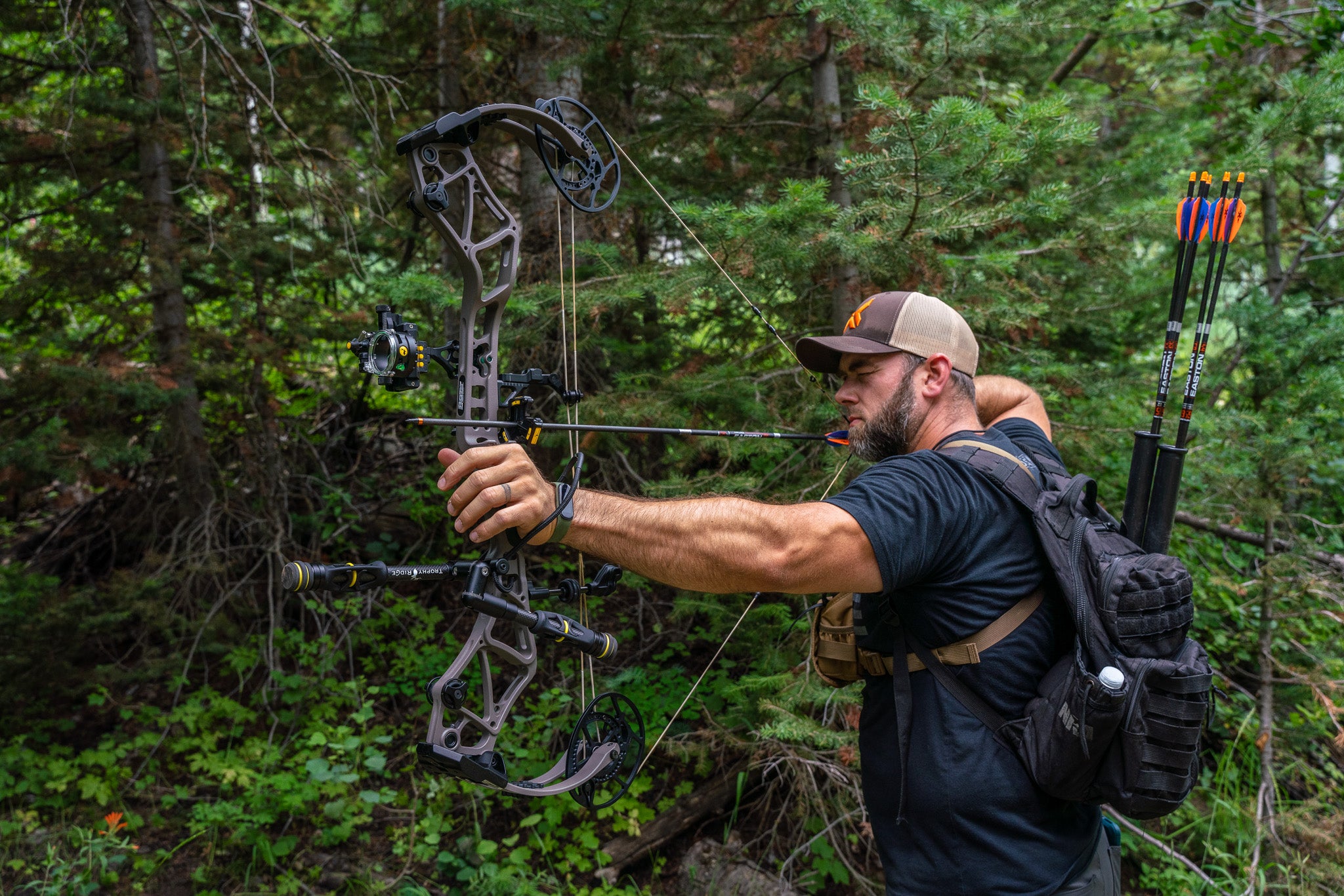Understanding Archery Stabilizers: A Complete Guide for Beginners
Wiki Article
Master the Art of Archery: Recognizing the Relevance of a Stabilizer in Your Configuration
Archery, an ancient sport that requires accuracy, emphasis, and ability, has astounded individuals for centuries. Whether one is an experienced archer or simply starting their trip, the importance of a stabilizer in their configuration can not be overemphasized. This essential piece of equipment plays a considerable function in improving accuracy and boosting overall performance. By comprehending the benefits of using a stabilizer, taking into consideration the best aspects when selecting one, and effectively installing and adjusting it, archers can elevate their abilities to new heights. Let us discover the details of grasping the art of archery and discover the indispensable duty that a stabilizer plays in achieving success on the variety.The Function of a Stabilizer in Archery
A stabilizer plays a vital duty in archery by boosting balance and lowering vibrations throughout the shot. When an archer draws the bowstring and releases it, there is a transfer of power that can cause the acquiesce shake. These resonances can negatively influence the precision of the shot. However, a stabilizer aids to counteract these vibrations by soaking up and dissipating the power.One of the main advantages of a stabilizer is its capability to enhance equilibrium. When an archer holds a bow, it can be challenging to maintain a stable goal. The weight of the stabilizer assists to disperse the weight equally, minimizing the strain on the archer's arm and enhancing security. This enables the archer to focus on their aim and carry out an extra exact shot.
In addition to balance, a stabilizer also aids to reduce torque. The weight and style of a stabilizer neutralize this rotation, making certain a more accurate and regular shot.
Benefits of Using a Stabilizer
The usage of a stabilizer in archery uses numerous benefits that boost an archer's efficiency and overall capturing experience. By soaking up and wetting these vibrations, the stabilizer boosts the stability of the bow, allowing for even more regular and specific shots.Secondly, a stabilizer aids to stabilize the bow by including weight to the front end. This weight distribution counteracts the natural propensity of the acquiesce tip ahead upon release, decreasing the amount of activity and boosting the archer's capability to keep purpose on target.

Lastly, a stabilizer can additionally serve as a shock absorber, minimizing the shock and recoil experienced upon launch. This not only boosts the convenience of capturing but additionally decreases the risk of injury or strain on the archer's body.
How a Stabilizer Enhances Precision
Enhancing the accuracy of an archer's shots, a stabilizer plays an important duty in improving total efficiency. archery stabilizer. By adding security to the bow, a stabilizer assists reduce the undesirable activity and vibration that can occur throughout a shot. This reduction in activity enables the archer to maintain a constant aim, leading to even more constant and exact shots
Furthermore, a stabilizer aids to wet vibrations that take place upon launch. These resonances can cause the acquiesce shake, affecting the arrowhead's trajectory and accuracy. By taking in and dissipating these resonances, a stabilizer assists to maintain the bow's stability and guarantee a smooth and precise shot.
Furthermore, a stabilizer click here for info can also aid in balancing the weight circulation of the bow (archery stabilizer). By adding weight to the front of the bow, a stabilizer assists to stabilize the weight of devices, such as sights or quivers, which may be connected to the bow. This balanced weight circulation assists the archer keep a constant and controlled shooting setting, leading to boosted accuracy
Variables to Think About When Selecting a Stabilizer
When selecting a stabilizer for your bow, it is crucial to think about a number of factors that will add to its total effectiveness and viability for your specific capturing design. The initial variable to consider is the length of the stabilizer.An additional variable to consider is the weight of the stabilizer. The weight of the stabilizer can influence the equilibrium of your bow.
Some stabilizers have adjustable functions, such as flexible length or flexible weights, which allow you to tailor the stabilizer to your certain demands. Carbon fiber stabilizers are long lasting and light-weight, while aluminum stabilizers supply a balance between weight and rigidness.
Different stabilizers may work far better for specific shooting designs, her explanation such as target shooting or searching. It is advisable to seek advice from with experienced archers or specialists to figure out which stabilizer will ideal suit your individual requirements.
Tips for Properly Setting Up and Readjusting a Stabilizer
Longer stabilizers offer even more stability but can be less maneuverable, while shorter stabilizers supply increased ability to move yet may compromise stability. As soon as you have selected the proper length, attach the stabilizer to the bow using the provided placing equipment. Make sure that the stabilizer is safely fastened and aligned with the bow's riser.After installing the stabilizer, it is necessary to make adjustments to accomplish the desired equilibrium and shot uniformity. Start by adjusting the weight circulation along the stabilizer. This can be done by adding or removing weights from the stabilizer's weight system. Trying out various weight arrangements to discover the balance that functions finest for you. Additionally, take into consideration changing the angle of the stabilizer to tweak the shot. A slight onward or backwards tilt can impact the bow's equilibrium and exactly how it responds during the shot.

Final Thought
To conclude, a stabilizer plays a his response vital duty in archery by boosting accuracy and decreasing bow torque. By adding weight to the bow, it assists to balance and stabilize the shot. When choosing a stabilizer, elements such as length, product, and weight ought to be thought about to meet private requirements. Correct installment and change of the stabilizer are likewise essential for optimal efficiency. Understanding using a stabilizer can considerably boost the archer's ability and accuracy.Moreover, a stabilizer can also aid in stabilizing the weight distribution of the bow. By including weight to the front of the bow, a stabilizer helps to balance the weight of devices, such as quivers or sights, which may be attached to the bow. Some stabilizers have flexible features, such as flexible size or flexible weights, which allow you to personalize the stabilizer to your certain needs. Carbon fiber stabilizers are durable and light-weight, while aluminum stabilizers offer an equilibrium between weight and rigidity.
Longer stabilizers give even more security but can be much less manoeuvrable, while shorter stabilizers provide enhanced maneuverability yet might compromise stability.
Report this wiki page